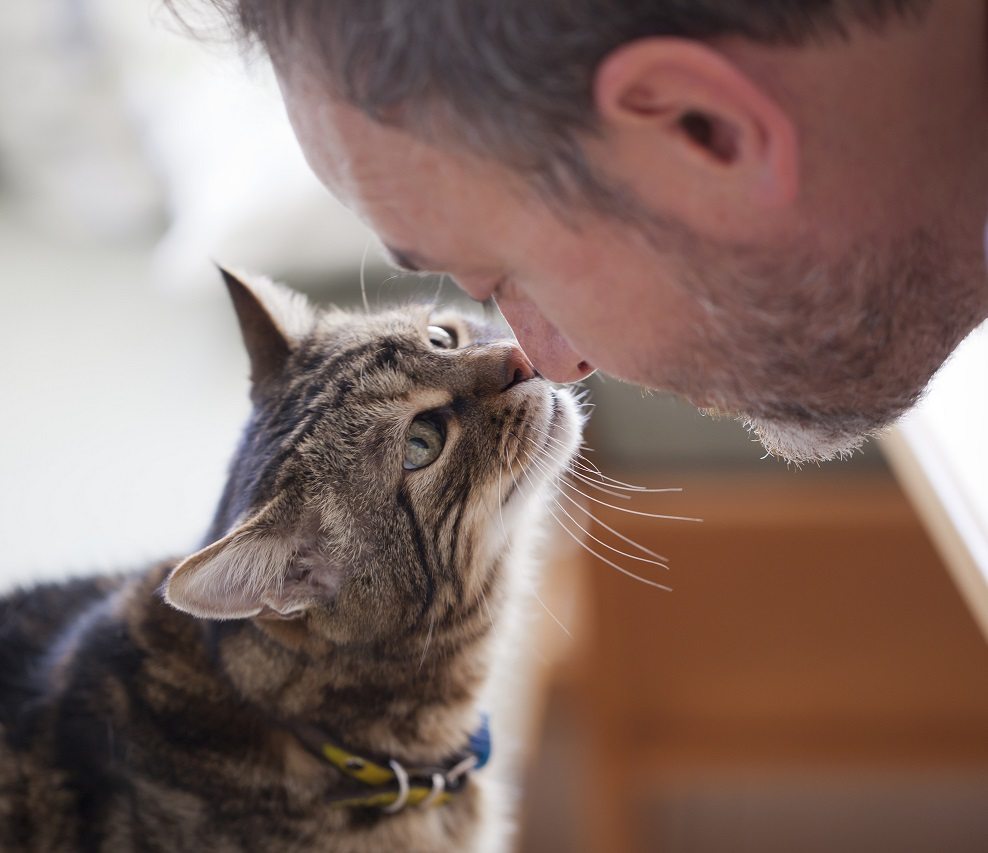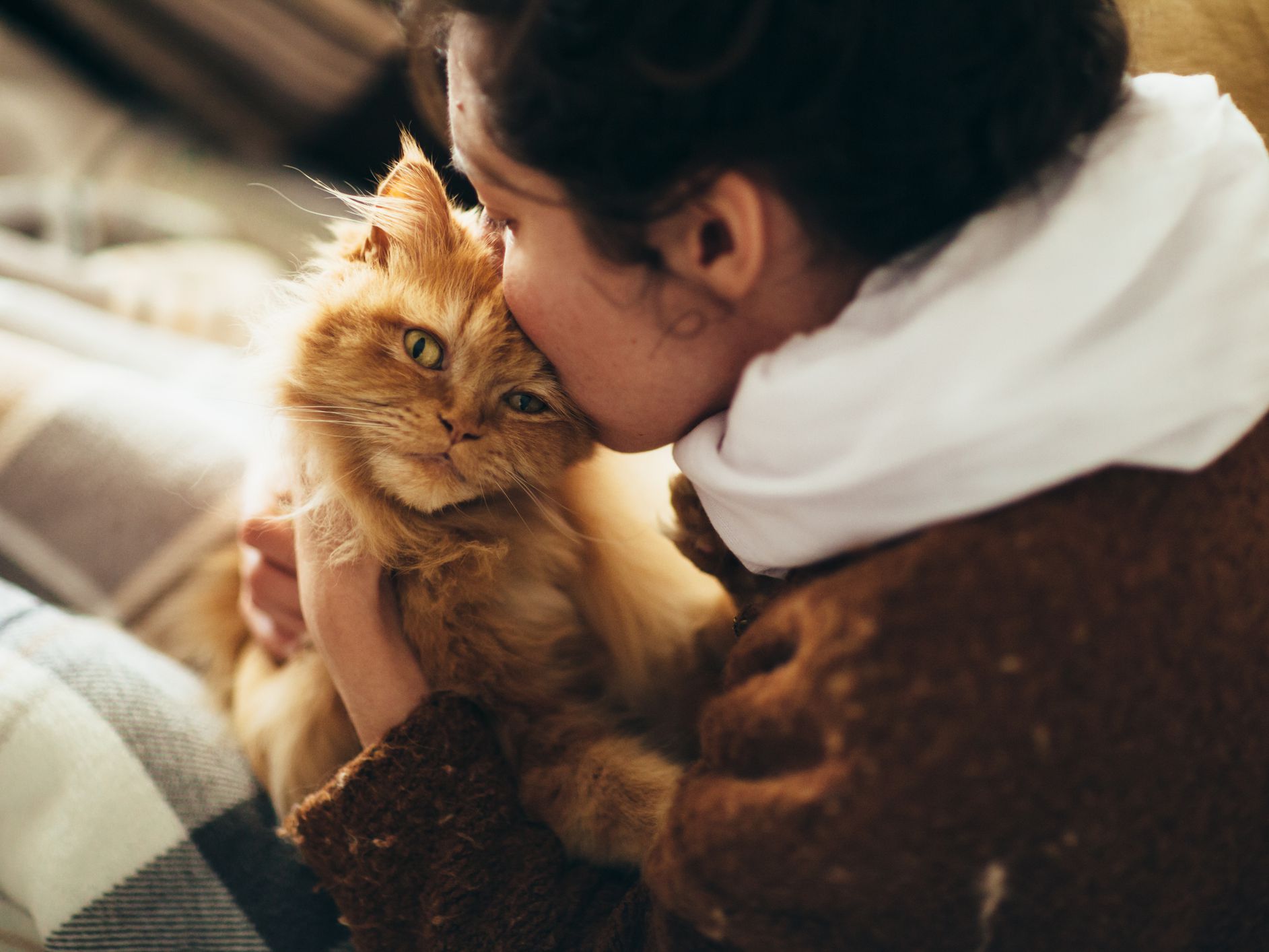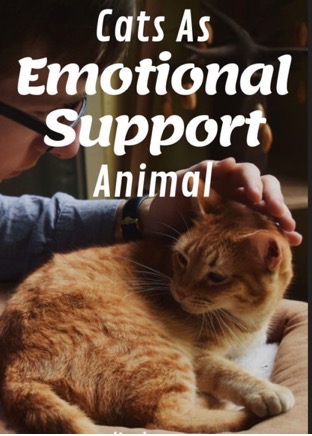(Emotional Support Animal – ESA) is intended for providing comfort to the patients who need this therapy. The main difference between emotional support animals and a service animal is that the first one doesn’t require special training. The only thing that matters is the efficiency of the patient’s contact with an animal in the context of alleviation of the mental disorder.

Any animal to which the patient has developed a persistent emotional attachment and the contact with which has a positive effect on the patient’s condition can get ESA status. According to US laws, a person with a mental or emotional disability is exempt from a number of federal rules related to living and traveling with emotional support animals. To participate in the ESA program, the patient must confirm the diagnosis with a certified doctor, who will indicate the need for emotional support. The law guarantees the patient’s right for an emotional support animal and provides a number of privileges. In particular, the person has the right to keep his/her ESA in the place of actual residence without bail and take it on board during the flights. At that, you need to keep in mind that a number of landlords will be able to legally refuse to place an animal in a rented room. As for the airlines, many of them also limit the stay of ESA aboard only to cats and dogs. Meanwhile, the persons with emotional and mental disabilities can travel with their pets without additional fees and even in the absence of a “house” for transporting the animal.
About cats as emotional support animals
According to the experts, a cat is a perfect emotional support animal. Clever, affectionate, and calm, it creates a favorable atmosphere with its presence. It contributes to recovery and helps you fight such pathological conditions as depression, mental instability, anxiety, and mood swings. Cats are unobtrusive and live in measured rhythm. They are obedient and neat and don’t cause unnecessary trouble. They don’t create problems and fuss during the flight, unlike dogs. Therefore, the main advantage of cats is their comfort and mobility, which other animals can’t boast of.
Meanwhile, every cat has a set of personal qualities, which makes them interesting “cohabitants”. Animals provide full psychological support to those who need it. They form a stable communicative connection with a person, which allows them to give patients the warmth, support, and compassion they need.
ESA cats are aimed at providing beneficial communication with individuals suffering from emotional or mental disabilities. A number of mental health professionals claim that a cat can have a no less favorable effect on the patient’s health than a dog. Meanwhile, the cat is definitely less demanding and doesn’t require the constant attention of its owner.

Conditions under which you can apply for ESA сat
There is a range of pathologies in which the patient may be granted the right for an ESA. The list of general emotional or mental states, in which emotional support of the animal can be effective, is as follows:
- Age-related decline in cognitive function;
- Increased anxiety;
- Any psychiatric condition;
- Attention Deficit Disorder (ADD or ADHD);
- Autism;
- Bipolar disorder;
- Depression;
- Dyslexia;
- Emotional exhaustion;
- Panic attacks;
- Post-traumatic stress disorder (PTSD);
- Separation anxiety;
- Sociophobia;
- Social phobia.
So that your cat or any other pet can get ESA status, you must contact a licensed physician. The specialist will confirm that your emotional or mental state requires emotional support. According to the results of the interview, which can take place in person or remotely, the doctor will prescribe a so-called “ESA letter”, which must meet the following criteria:
- Be signed by the licensed health professional (psychologist, psychiatrist, licensed or practice nurse);
- Be written on the letterhead of the medical professional with licensing information;
- Claim that the patient requires emotional support, provided by the presence of a pet.
The process of obtaining an ESA status is maximally simplified. After submitting an application, it is considered by a licensed psychologist in the shortest possible term, after which, provided that the specialist confirms the patient’s need for ESA, an official letter is sent to his/her address. It is enough to keep this letter with you to travel freely with your pet and enjoy other privileges.
The cat classified as ESA can live with its owner in a rented apartment (without special rules or a bail). It also becomes possible to fly with the cat in the aircraft cabin. It is very comfortable and allows you to save on fees.
Is it possible to tame a wild cat as ESA?
Whether the cat is suitable for emotional support is largely determined by its breed. The practice of mental health professionals shows that the best options for patients with mental or emotional disorders are Scottish Fold, Ragdoll, and Tonkinese. It is better to opt for thoroughbred animals. As for the wild cats picked up on the street, such a choice is not always successful for ESA. As a rule, animals who have lived on the street for some time are more nervous. It will take time and nerves to tame them, and the patients definitely don’t have them. That’s why it is recommended to give preference to domestic cats of certain non-aggressive breeds.
Best age for emotional support cat
Young cats are more suitable for ESA, as, at an early age, animals form a close emotional relationship with humans. If you don’t have an animal yet, and the doctor recommended you emotional support, opt for the young cats or better kittens. This doesn’t mean that adult cats can’t give you the warmth and affection you’re counting on, but the odds are clearly less.
What are the best conditions for emotional support cat (at home, in the apartment or outdoors)?
As a rule, emotional support animal spends a lot of time with a person. Therefore, ESA live in the houses and apartments of their owners, and not on the street. The animal spends most of the time next to the patient, so it must be adapted for living indoors. If possible, it shouldn’t leave the house. As for the cats living outdoors, they don’t quite fit as ESA, as they will not be at home the lion’s share of the time. The same applies to unsterilized cats, who will constantly run away from home or at least demand freedom. Therefore, a sterilized young cat living with you in an apartment or house is a perfect choice for ESA.
Who is better for emotional support female or male?

Females are traditionally more affectionate and gentle. Therefore, they are more suitable as emotional support animals than males. However, castrated males may be a good alternative to females, especially if the breed is conducive to calm and pacification. As for unsterilized cats, the patient shouldn’t expect a close emotional connection from such ESA animals. But if the choice is between the female and the male, choose the first one.
Conclusion
Emotional support animal performs one key function – it provides the patient suffering from mental and emotional disorders with a comforting emotional connection. If the certified doctor diagnosed you with emotional or mental disability and prescribed ESA, then following the tips above, you will easily find an animal that will fully fit your needs and help you cope with mental discomfort.
How useful was this post?
Click on a star to rate it!
We are sorry that this post was not useful for you!
Let us improve this post!
Thanks for your feedback!
 ESA Doctor
ESA Doctor